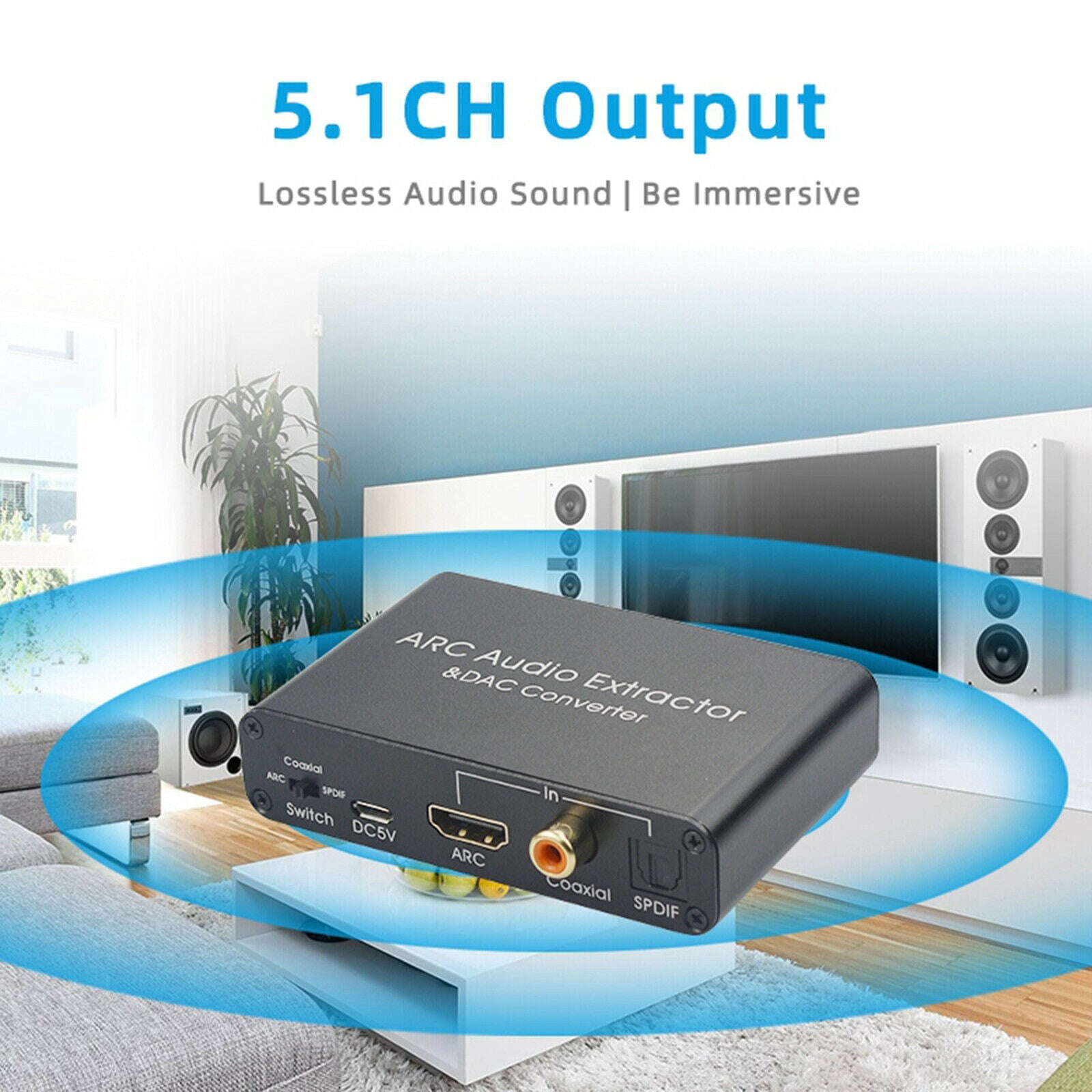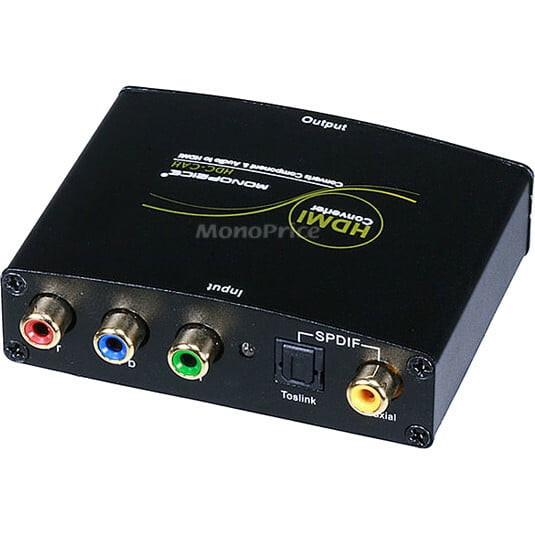

- #Hdmi to digital optical converter 1080p
- #Hdmi to digital optical converter update
- #Hdmi to digital optical converter tv
√ AUDIO EDID SETTINGS: 2CH for L/R or SPDIF stereo output 5.1CH for SPDIF Output, Supports uncompressed audio such as LPCM. Supports HDMI 2.0b (18Gbps) HDCP 2.2 and DVI compliant Supports HDR10(We suggest using HDMI 2.0 certified cable to get HDR10 compatibility)
#Hdmi to digital optical converter 1080p
√ 4K Ultra HD with HDMI 2.0 | 1080P 144Hz | 1080P 120Hz: Supports the highest video resolution to 4K 50/60HZ (YUV444). If using the analog output, make sure your HDMI source is set to PCM audio. NOTE: This unit will only pass Dolby Digital/DTS audio formats, it will NOT decode these formats for the analog output.

#Hdmi to digital optical converter tv
The overpriced and feature-poor Radio Shack model remains in our last spot, and it'd be tempting to remove it entirely were it not for the fact that it's the only option that won't take up any space on a TV stand, and that could theoretically even be wired inside a wall behind a hanging TV set.√ AUDIO EXTRACTION: Extract the digital hdmi audio signal from the HDMI input and convert it to 2 channel analog stereo output or multi-channel Audio (SPDIF) output. In the second spot you'll see a newcomer to the ranking, Anber-Tech's Converter, which is decidedly similar to the Volantech in design, but which hasn't suffered any availability issues that have occasionally cropped up with the Volantech.

The main reason is that the former has a dedicated optical audio output, which allows you to utilize it not just as an AV relay, but to send its audio to a receiver and split it up into the 5.1 channels you would need to enjoy a surround sound experience. While this is a category that offers little in terms of innovation given the limitations of a component signal, the Universal Premium took over the top spot from the Volantech model that has slipped to number three. However, I’ve added the Koopman Converter as an option in our list that offers component-to-HDMI conversion. they can’t take an analog YPbPr signal and output it as a HDMI signal. HDMI-to-Component vs Component-to-HDMI: like with HDMI-to-composite cables, HDMI-to-component cables can’t be used in reverse – i.e. The Frontier Factory Adapter is marketed for use with a Slingbox, but can be used with other devices too, and its indicator lights are quite handy in any case.
#Hdmi to digital optical converter update
Updates to This List: with all of that in mind, this update was simply about removing problematic models like the IO Crest Digital SPDIF and Anber-Tech YPbPr, and adding some better options, like the Easycel Scaler and Frontier Factory Adapter. However, most analog cables are manufactured to a high standard nowadays anyway, so it isn’t really an issue. However, if you’re using a component cable, then it’s likely that your output device predates UHD anyway.Īnother difference is that HDMI is digital, so there is comparatively less signal loss at the same signal quality – at 1080p, for example. Component cables only support up to 1080p (Full HD), so even if both your input and output (display) devices support 4K (Ultra HD), and for some reason, one doesn’t have an HDMI port, but a YPbPr port instead, a component cable will not preserve that UHD signal. By the way, we also have a list of the best HDMI-to-RCA cables in case that’s what you’re looking for.Ĭomponent Cables vs HDMI: while the component interface is newer than the composite interface, both are being replaced by HDMI. Both only carry video signals, so rely on a separate pair of cables to carry audio. Composite Cables vs Component Cables: It’s easy to get the two confused, and both carry analog signals, however, component cables were designed to support HD and replace composite cables, which couldn’t support high definition.Ĭomposite cables are often called RCA cables due to their connections, while component cables are sometimes referred to as YPbPr cables, again, due to the names of the individual connectors.


 0 kommentar(er)
0 kommentar(er)
